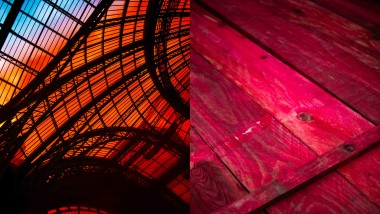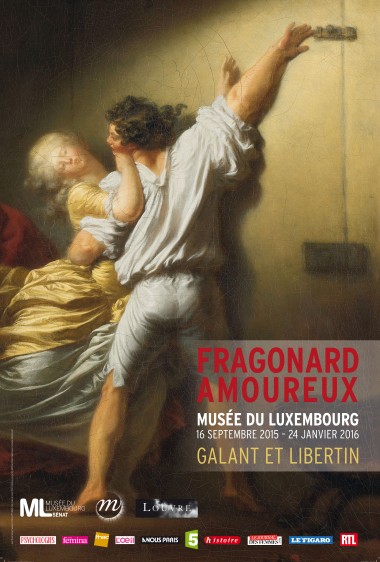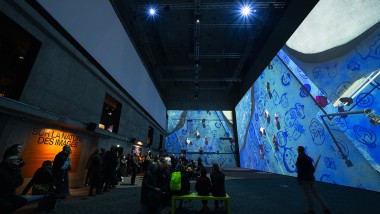
Fragonard : the gallant sheperd
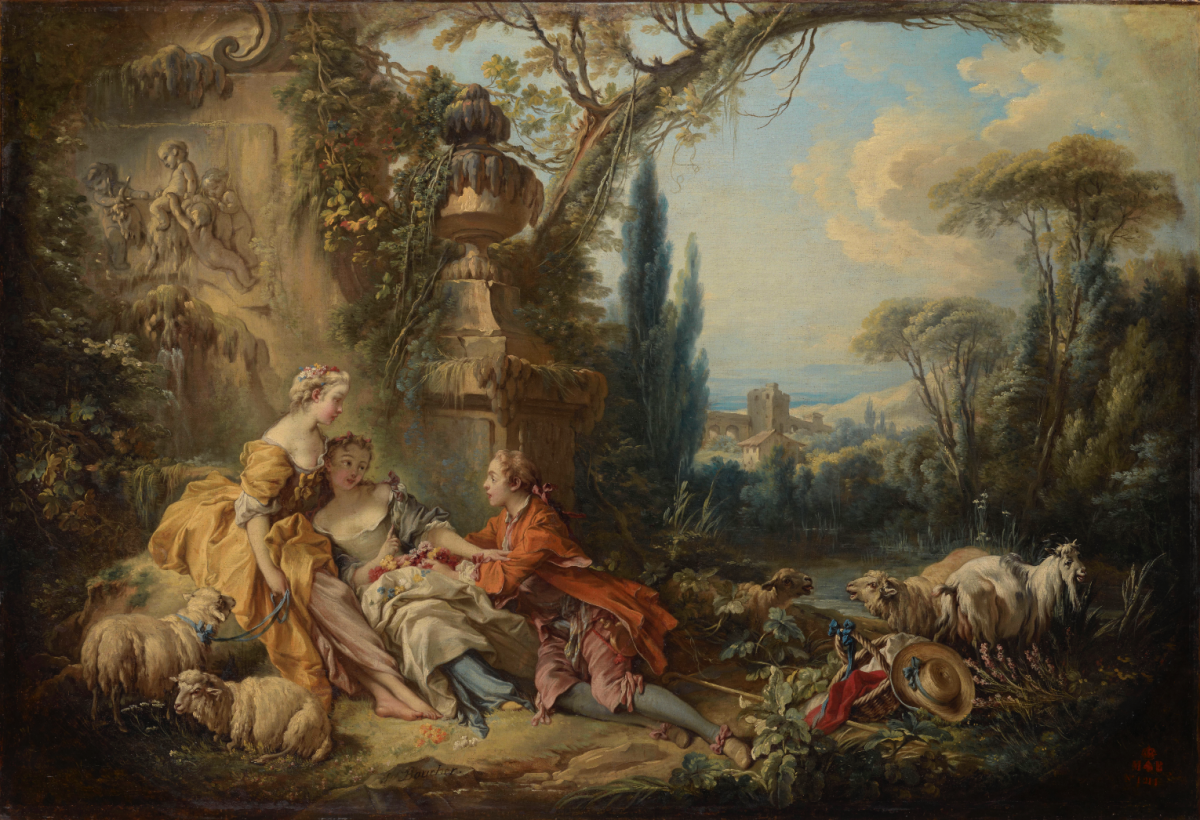
A vestige of the so-called "Précieuses" (gatherings of intellectual society ladies to discuss the "questions of love", credited in part for establishing French literary classicism), poets and moralists of the "Grand Siècle", the concept of "galenterie", or gallantry, represented one of the values of French identity in the 18th century. L’Astrée (1607-1628), the great novel by Honoré d'Urfé (1567-1625) which narrates the utopian loves of the shepherds, imparted a sense of propriety to the topic until the 18th century.
Without aiming to stifle the inclinations of feelings, "l'amour galant" advocated tenderness, sincerity, mutual respect and loyalty, all with absolute discretion. At the end of the 1730s, the painter François Boucher (1703-1770) became the inventor of a new iconography that combined the theme of love and romance with pastoral gallantry, taking particular inspiration from d'Urfé.It was in this school of painting that Fragonard, who was a pupil of Boucher in the early 1750s, undertook his first apprenticeship in romantic iconography. He brought with him, however, a more candid and sensual touch which would create a stir in Arcadia.
Fragonard in love. Suitor and libertine, until 24 January 2016 at the Musée du Luxembourg
Book your ticket
#expoFragonard

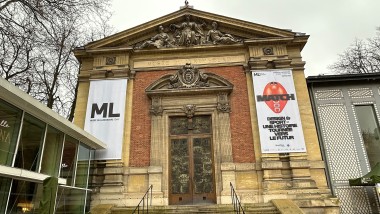
Design goes the extra mile for sport! The trailer for the next exhibition at the Musée du Luxembourg
Article - 11 March 2024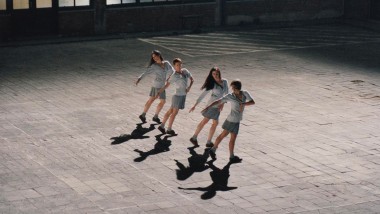
‘Rosas Danst Rosas', A contemporary dance by Anne Teresa De Keersmaeker in response to Stein
Article - 24 January 2024